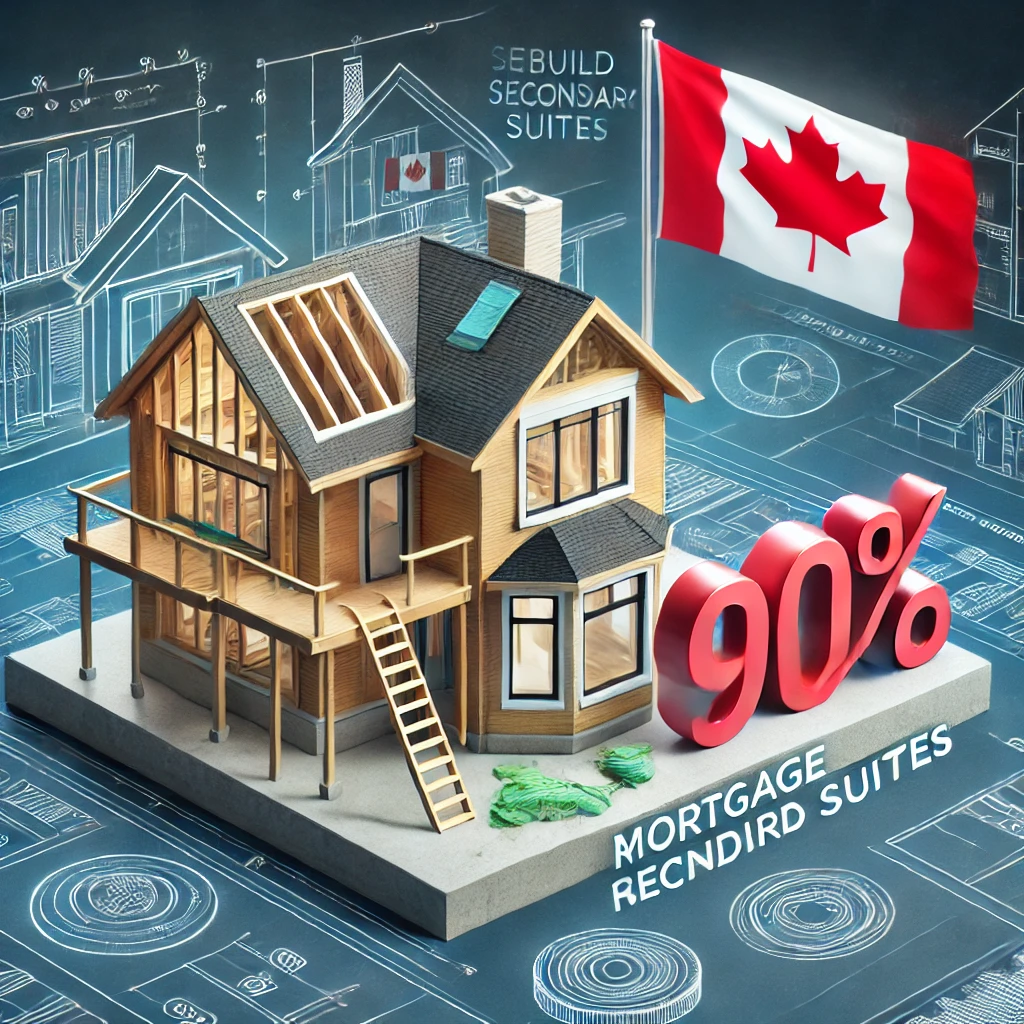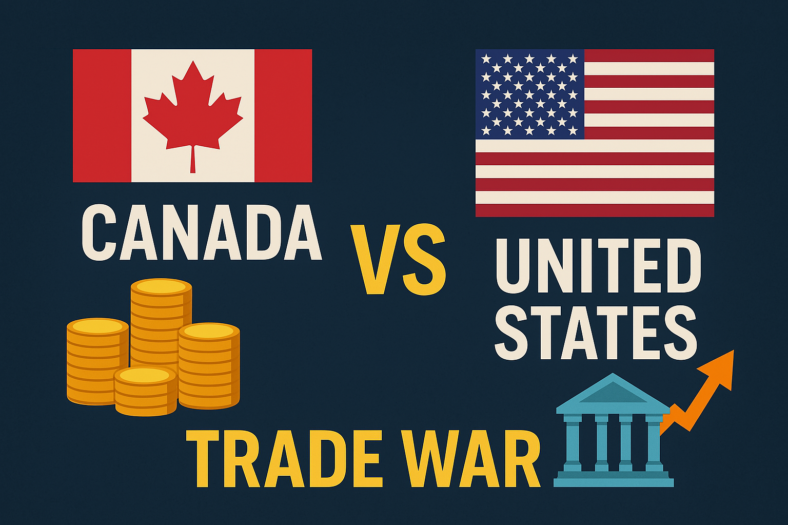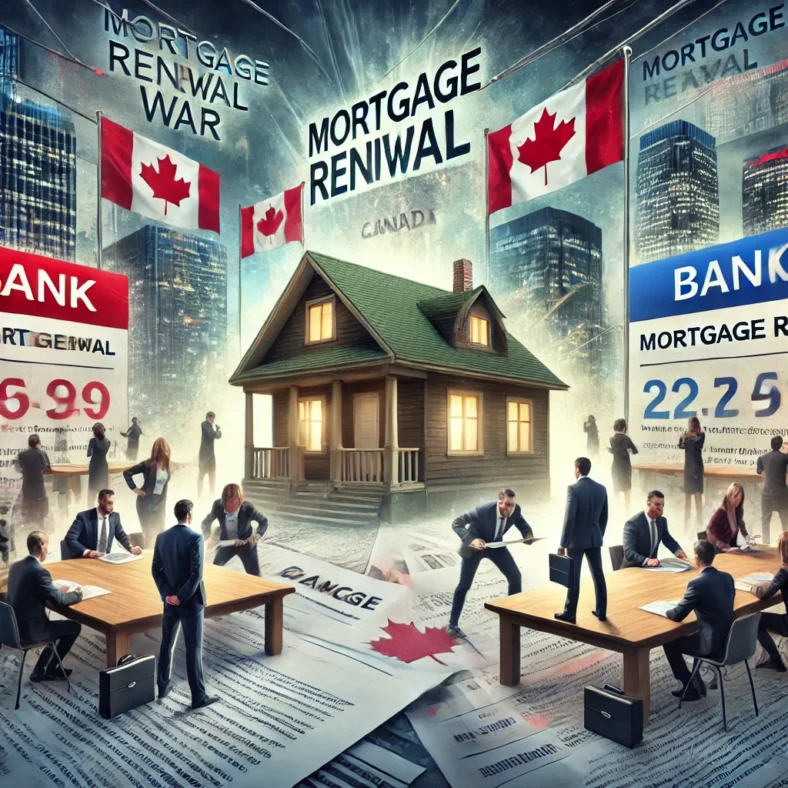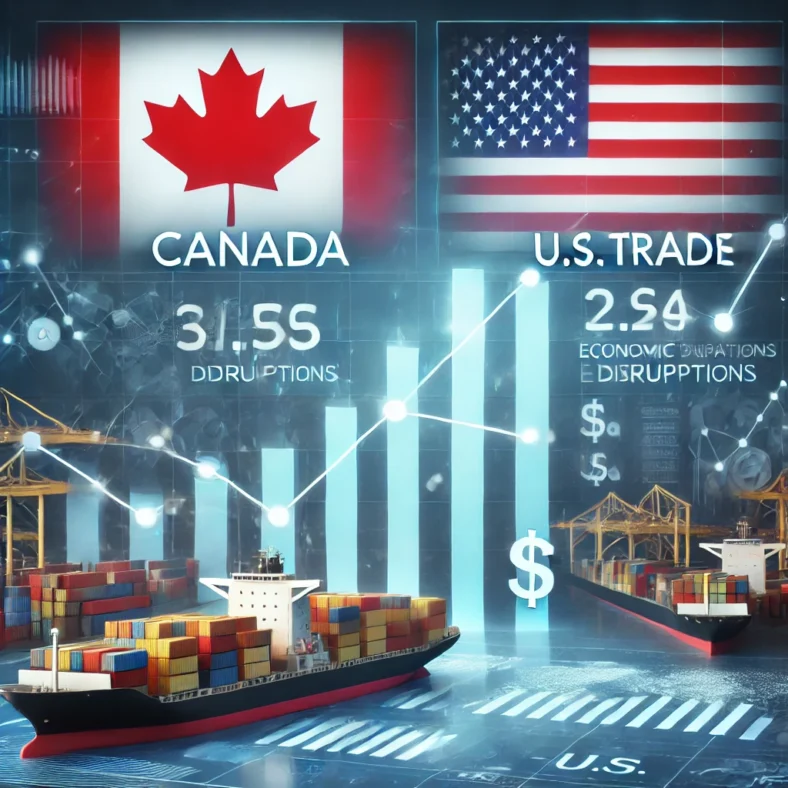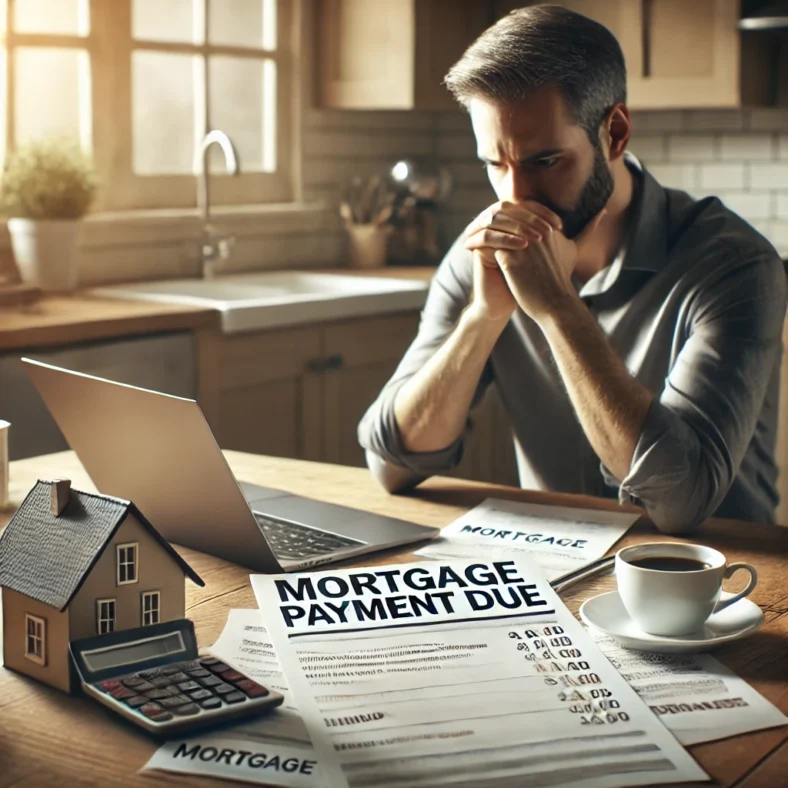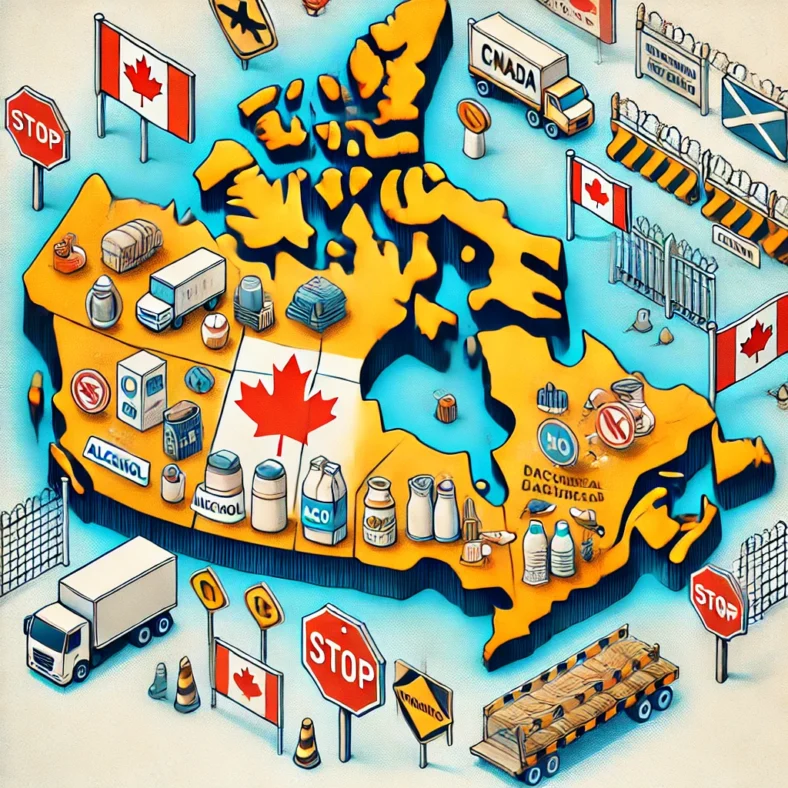Starting January 15, 2025, Canadian homeowners will have the opportunity to access up to 90% of their home’s value through default-insured mortgage refinancing to build secondary suites, according to an announcement by Deputy Prime Minister Chrystia Freeland.
This new program aims to increase the rental supply in high-demand areas while also helping homeowners manage rising mortgage costs.
“We must use every possible tool to build more homes and make housing affordable for every generation of Canadians,” Freeland said in a statement.
Key Details of the Refinancing Program
- Maximum Loan-to-Value (LTV): The LTV ratio can go up to 90% of the “as improved” property value, with a property value cap of $2 million.
- Amortization Period: The maximum amortization for this refinancing option is 30 years, allowing borrowers to spread payments over a longer term.
- Number of Units: Homeowners can add up to four units on their property, including the existing one.
- Self-Contained Units: Each secondary suite must be fully self-contained, featuring its own entrance, kitchen, and bathroom to comply with municipal zoning requirements.
- No Short-Term Rentals: The additional units must be used for long-term rentals and cannot be listed for short-term rental platforms like Airbnb.
This initiative is part of a broader effort by the federal government to make housing more affordable, following other recent moves, such as raising the cap on default mortgage insurance and reintroducing a 30-year amortization option for select borrowers.
Changes to Mortgage Rules
In another significant move, Canada’s banking regulator, OSFI, has announced plans to remove the stress test requirement for uninsured mortgage switches. Previously, this rule made it more difficult for homeowners to switch lenders. These changes are designed to provide more flexibility for Canadians looking to refinance or switch mortgage providers.
Unlocking Vacant Land for Development
In addition to the support for secondary suites, the federal government is also taking steps to unlock more vacant land for housing development. Freeland introduced consultations on taxing vacant land to encourage landowners to develop unused properties.
The consultations will involve feedback from provinces, territories, and municipalities interested in creating their own vacant land taxes. The aim is to push landowners to make better use of their property, which could lead to more homes being built.
Moreover, 14 more underused federal properties have been added to the Canada Public Land Bank, bringing the total to 70 sites now available for housing development. These properties are expected to play a key role in the government’s broader strategy to increase the housing supply across the country.

